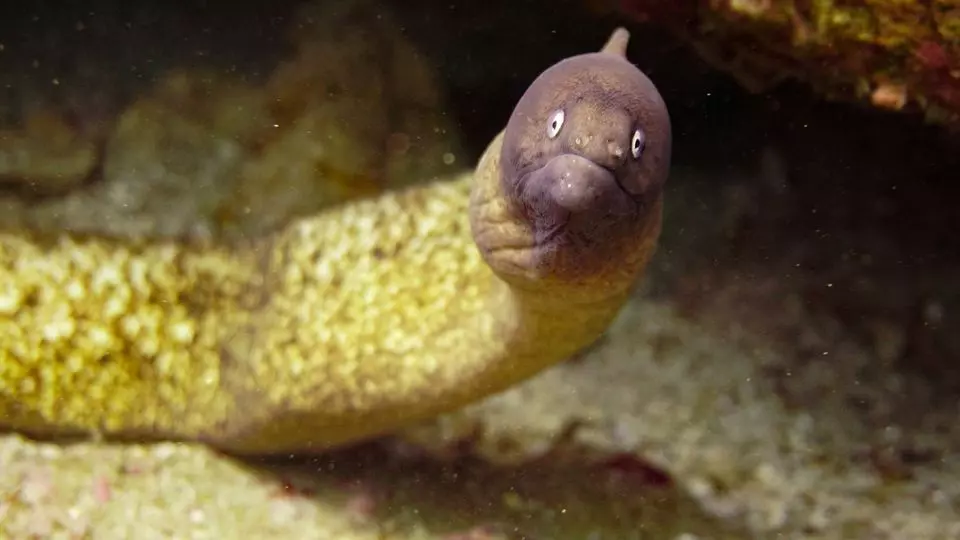The South American lungfish now has the largest sequenced genome of any animal to date. The Lipidose Paradox Its DNA contains 91 billion bases, which is 30 times the length of the human genome. Reported Researchers today a nature Titled In the trade magazineHowever, the 91 billion bases of DNA contain only the same number of genes as the human genome, about 20,000, with the rest made up of non-coding, possibly “junk” DNA. By comparing this genome to other lungfish genomes, the researchers found that Lam paradox Every 10 million years, it expands its DNA by an amount equivalent to the human genome.
“This is the largest genome size ever reported in an animal,” says Graciela Garcia, an evolutionary geneticist at the University of the Republic of Uruguay, who was not involved in the research but studies the carp genome, which also contains many non-genetic elements — coding DNA.
Lungfish, also known as “living fossils,” are air-breathing animals that are thought to closely resemble the oldest common ancestor of all vertebrates. Axel Meyer and Manfred Schartl, evolutionary biologists at Julius-Maximilians-University in Würzburg, and their colleagues have been sequencing lungfish genomes from three continents since 2018 to better understand vertebrate evolution.
For the first time, they sequenced the genome of Australian lungfish, whose fin bones closely resemble those of land animals. They then moved on to African lungfish, which have much smaller limb bones. Now they have studied a South American lungfish, the silver newt, which also has dwarfed fins—and a genome twice the size of its Australian and African relatives.
The large genome contains the genes needed for an organism to function, instructions for making proteins encoded by four different chemical “letters,” so-called nucleotide bases, and other useful parts necessary for gene regulation. Lam paradox However, the vast majority of its genome consists of something else: repeating stretches called transposons that can make copies of themselves and insert them into DNA. According to the researchers, it is Lam paradox About 90% of its genome consists of such “selfish” sequences, compared to about 40% of the human genome.
But how did the lungfish genome become so full of repetitive DNA? Compared to other vertebrate genomes, growth has been found to be nearly unstoppable because lungfish in South America and Africa have lost key genes that control their RNA and protein products, called transposons. “That can come at a huge cost to the animals,” says Meyer. All but one of the lungfish’s 19 chromosomes are about the same size as the entire human genome, so copying the DNA requires a lot of energy. So the nucleus, as well as the cell itself, must be large.
In some cases, Garcia points out, a larger genome can help an organism adapt to changing conditions. When transposons land in or near a gene, they can alter its activity, which can be beneficial under the right circumstances. The DNA fragments modified in this way can serve as the basis for entirely new genes. However, all of this also comes with risks, as transposons can disrupt genes that ensure an organism’s ability to survive. So it’s not clear why fish haven’t evolved new ways to control the spread of such jumping genes. According to Meyer, these fish seem to have been forgotten by evolution.
The genome of L. paradoxa is still not the largest of any known organism. The current absolute record holder is A Tmesipteris oblanceolate The fern, whose genome is 160 billion bases long. Many other plants are known to have larger genomes than this lungfish, but among animals this species currently holds the record, Meyer says.












































